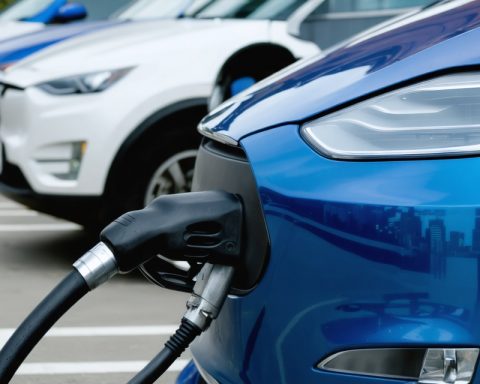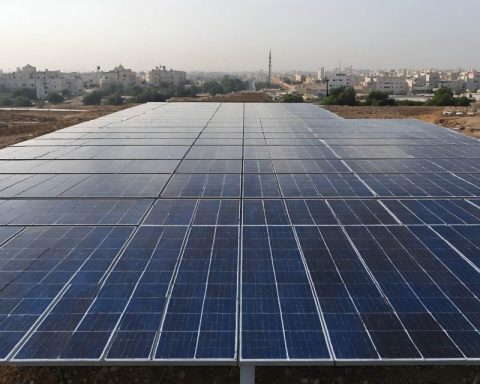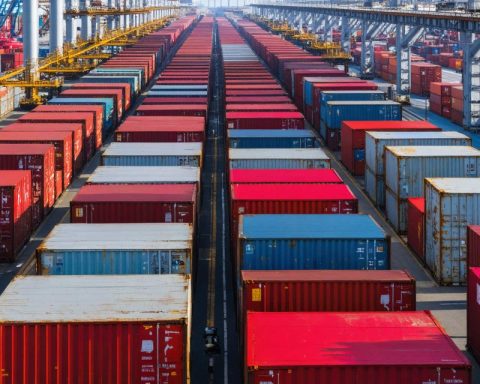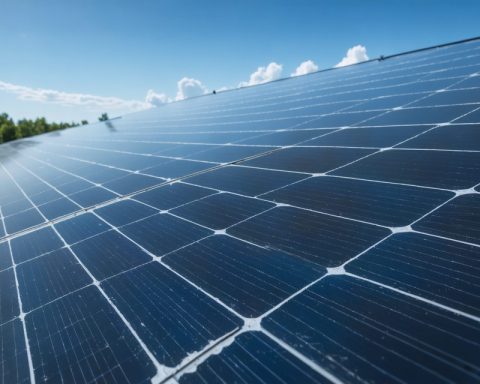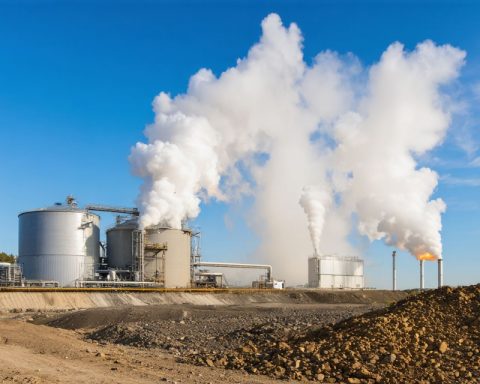- Federal funding cuts threaten the future of the Mid-Atlantic Clean Hydrogen Hub (MACH2), a key initiative for renewable energy in Philadelphia.
- MACH2’s objective was to produce hydrogen from renewable sources, significantly reducing greenhouse gas emissions and supporting climate change mitigation.
- Federal budget cuts, linked to policies from former President Trump’s administration, have jeopardized the project’s funding and progress.
- Project stakeholders and environmental advocates face uncertainty as the Department of Energy reevaluates support for MACH2 amidst budget reallocations.
- Other hydrogen projects that continue to receive backing are noted for reliance on less environmentally friendly technologies.
- Local partners like Aternium remain committed to advancing hydrogen production despite financial challenges, emphasizing the resilience needed for sustainable innovation.
- The situation underscores the importance of policy in advancing renewable energy and the need for collective action in climate efforts.
A tempest brews in the realm of renewable energy as federal funding cuts threaten the future of Philadelphia’s much-touted hydrogen hub, leaving its potential contributions to a cleaner environment hanging in the balance. Envisioned as a beacon of sustainable energy, the Mid-Atlantic Clean Hydrogen Hub, or MACH2, staked its claim on transforming the landscape from the Poconos to the Jersey Shore with its promise of producing hydrogen from renewable sources. Yet now, this ambitious project may face an untimely demise.
Federal support, so crucial to MACH2’s early stages, hangs by a thread following recent developments at the Department of Energy (DOE). A leaked document suggests a grim outlook: MACH2 is marked for the chopping block amidst the slew of federal budget cuts steered by former President Donald Trump’s administration, leaving project stakeholders and environmental advocates in a state of uncertainty.
This clean energy initiative was initially brought to life under President Joe Biden’s administration as part of an innovative solution to mitigate climate change. The project aimed to leverage renewable energy and renewable natural gas to fuel hydrogen production, promising a significant reduction in greenhouse gas emissions and a monumental shift away from fossil fuels in heavy-duty transportation and power generation. Unfortunately, the executive order that halted grant payments under the Bipartisan Infrastructure Law, which funded such endeavors, has dealt a significant blow to the hub’s prospects.
While the DOE remains cagey, publicly characterizing the situation as an ongoing review, the implication is clear: the survival of MACH2, alongside other similarly imperiled hydrogen hubs, is in jeopardy. Should this funding rug indeed be pulled out from under MACH2, the cascading effects could stunt the nascent industry’s development, potentially stifling innovation and progress in a field critical to combating climate change.
Meanwhile, other hydrogen hubs marked for continuation predominantly align with states leaning Republican and are noted to rely, at least partially, on less environmentally pristine natural gas technologies. This allocation strategy raises eyebrows and questions about the motivations driving federal support distribution.
As federal backing wavers, project partners like Aternium, a pioneering startup in hydrogen production, are left grappling with the ramifications. Fueled by the vision of its founder, the company vows to press forward, albeit in face of financial headwinds, exemplifying the resilience and commitment of those dedicated to sustainable innovations.
The potential downfall of MACH2 serves as a stark reminder: the path to a greener future isn’t free of hurdles. It highlights the crucial role of policy in shaping the energy landscape. In the grand narrative of climate action, every setback underscores the urgent need for steadfast commitment, innovative vision, and collaborative efforts to ensure a cleaner, more sustainable tomorrow. As legal and administrative tides ebb and flow, stakeholders and citizens alike must remain vigilant and vocal in the pursuit of initiatives that promise to be both a breath of fresh air and a giant step forward for our planet.
Can Hydrogen Hubs Survive Federal Funding Cuts? Inside the Future of Green Energy
The Rising Potential of Hydrogen Energy
Hydrogen energy has gained significant traction as a cornerstone of a sustainable energy future. Serving as a clean, renewable fuel, it holds promise for revolutionizing sectors from transportation to power generation, effectively reducing reliance on fossil fuels and cutting greenhouse gas emissions. The Mid-Atlantic Clean Hydrogen Hub (MACH2) exemplifies this promise, but recent federal funding challenges threaten its existence.
How Hydrogen Hubs Work
Hydrogen hubs like MACH2 aim to produce and distribute hydrogen fuel generated from renewable resources. The process typically involves:
1. Electrolysis of Water: Utilizing renewable electricity, water is split into hydrogen and oxygen.
2. Renewable Natural Gas: Some hubs may incorporate renewable natural gas as a feedstock, further reducing carbon footprints.
3. Distribution Infrastructure: Developing pipelines and storage facilities to facilitate economic distribution of hydrogen fuel.
4. End-Use Applications: Implementing hydrogen across various sectors, including transportation, industrial processes, and electricity generation.
The Current Dilemma
MACH2’s future is uncertain following potential federal funding cuts. Originally bolstered by the Biden administration as part of an ambitious climate initiative, the project now faces budgetary constraints due to shifts in federal energy policy. This scenario is exacerbated by a perceived partisan bias in distribution, favoring projects in Republican-leaning states that may rely more on natural gas.
Real-World Impacts and Industry Trends
The looming cuts portend severe consequences:
– Stalled Innovation: Delayed projects could inhibit technological advancements in hydrogen production and infrastructure.
– Economic Impacts: Potential job losses in emerging hydrogen economies and related sectors.
– Policy Precedence: Sets a contentious precedent for future funding based on political alignment rather than environmental efficacy.
These outcomes underscore the vulnerability of renewable initiatives to policy changes and highlight the necessity for stable, bipartisan support for green energy projects.
Overcoming Obstacles: Strategies for Sustainability
In light of these challenges, stakeholders can consider the following strategies:
1. Diversify Funding Sources: Tapping into private investment, state funds, or international partnerships can mitigate reliance on federal dollars.
2. Policy Advocacy: Engaging in active lobbying and education to bolster support across party lines ensures continued progress.
3. Technological Innovation: Investing in advanced hydrogen technologies can enhance efficiency and reduce costs, making projects more attractive to a wider audience.
4. Community Engagement: Building local support and awareness for projects can generate grassroots backing, adding pressure on policymakers to secure funding.
Pros and Cons of Hydrogen Energy
Pros:
– Less Pollution: Hydrogen is a zero-emission fuel when produced from renewables.
– Versatility: Suitable for various applications, from cars to power plants.
– Abundant Resource: Hydrogen is the most abundant element in the universe, promising a sustainable supply.
Cons:
– High Costs: Current technology can be expensive, necessitating substantial investment.
– Infrastructure Needs: A new distribution network must be developed.
– Energy Intensive: Producing hydrogen via electrolysis is energy-intensive, necessitating efficiency improvements.
Future Outlook and Recommendations
Despite current hurdles, the long-term outlook for hydrogen energy remains optimistic:
– Technology Advancements: Advances in hydrogen production and storage technologies will likely reduce costs.
– Increased Adoption: As costs decline, hydrogen could see wider adoption, especially in hard-to-decarbonize sectors.
– Supportive Policies: Global and national climate goals could drive a resurgence in hydrogen-related policies and investments.
Conclusion
It’s crucial for stakeholders to remain resilient and adaptive, pursuing a multipronged strategy to ensure the viability of hydrogen energy projects. By fostering innovation, community support, and financial diversity, the path toward a sustainable energy future remains within reach.
For more insights on energy trends and sustainability, visit the U.S. Department of Energy.

